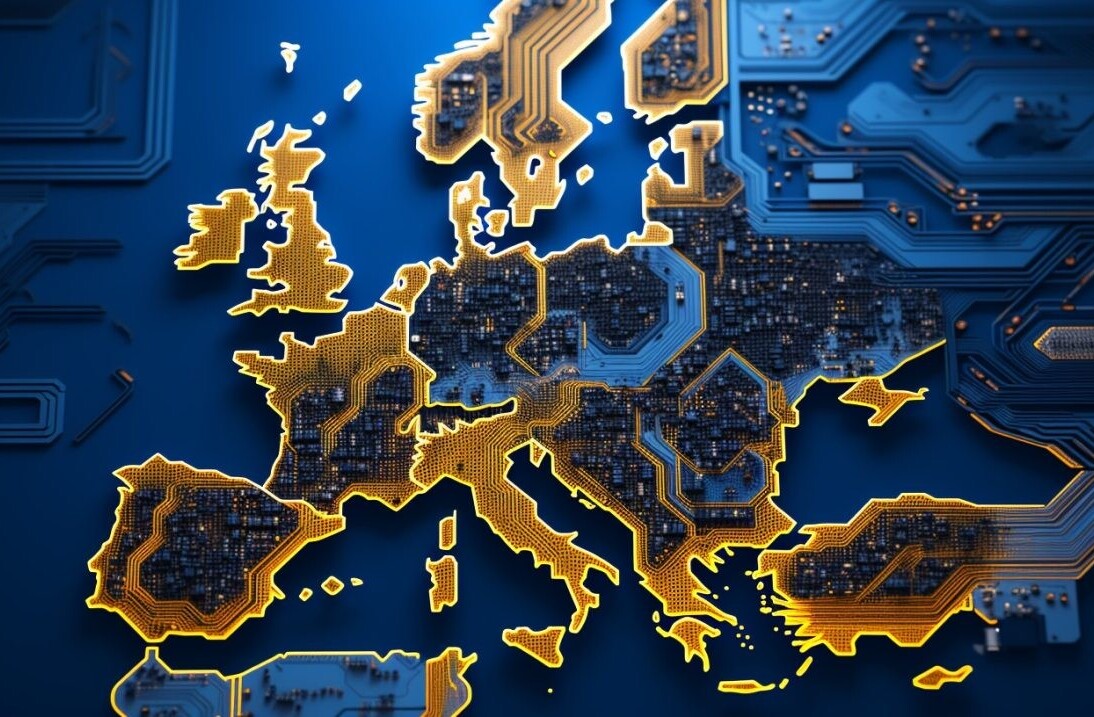
We live in a world characterised by mobility. More and more people are choosing to work remotely and live wherever they want without damaging their careers.
While this trend had been on the rise in recent years, since the pandemic, the number of digital nomads worldwide is now up to 35 million. About 17 million of them are Americans, mostly setting up shop in European nations.
Technology has improved in tandem with the willingness to explore working from anywhere. Now it sets the stage for the creation of a new, larger generation of digital nomads. The question, however, remains — will the necessary conditions for a global world of work be ready to meet them?
Complicated forms and bureaucracy
International mobility has a high barrier to entry, namely because of the complex and exaggerated bureaucracy involved in migration processes in many countries.
These issues hinder people who want to resettle in another country, as filling out all the necessary documentation for visa applications is already a lengthy process and waiting to receive the final documents is even worse.
Although many countries in Europe make it easier for new residents to get an EU work permit through the Blue Card Network, it can still take anywhere from several weeks up to several months until a work visa is issued.
Moreover, this system heavily favours talent coming from other EU nations, it doesn’t include key nations like the UK and Ireland and was designed for folks relocating to work at companies based in their new nations and to live there more permanently. It was not designed for digital nomads.
It starts with the passport
Nations across the world look at the passport as the crossing ticket between borders — the essential document that allows citizens to leave and enter different countries.
The modern-day passport has its origins in the post-World War I era and was created with the aim of helping citizens from Western countries move around the world. More than a century later, the same document remains standard practice. But the world is a very different place than it was, as travel is available to more people and due to transportation advances, much more frequent.
An example of how this mechanism fails to meet the needs of today’s modern workforce can be seen in countries such as China, the Philippines, and India. These countries are attractive for recruiting their highly skilled talent, particularly for technology companies in both Europe and the United States. Conversely, as per the 2023 Henley Passport Index, the three countries possess some of the “least powerful” passports globally.
EU nomad visas = progress!
In the past couple of years, several nations across Europe have taken new steps to address the needs of nomadic talent by implementing nomad visas. These visas are mutually beneficial, as they simplify the processes required for non-residents to work in a foreign country (usually not requiring them to pay local taxes), while making these countries more attractive to international workers. In turn, this attracts more skilled talent that spends more money in the countries.
The trend is rising amongst EU nations, with countries such as Croatia, Greece, Estonia (the first one to do so), Hungary, Portugal, and Spain now offering some variation of this kind of visa, with likely more to follow suit in the future. In fact, Spain is already the second most popular country for digital nomads — with over 125,000 of them.
Though these visas are a very good first step toward modernising global passport systems to meet new migration and global mobility trends, it is more of a band-aid for a wound, and not a disease-stopping antibiotic. To redefine the passport system, the world needs to think bigger by deploying one that can be utilised everywhere.
Digital IDs… Please
The answer to modernising the passport system globally is to create a secure digital identity for everyone. Creating a secure digital platform where everyone’s documents are shared with governments worldwide would enable the development of a digital passport that is accepted and recognised by all countries.
While some may have concerns about sharing personal information on globally shared databases (or fear conspiracy theories about a new world order), creating a secure digital platform with proper protections would provide global citizens with a safer and more secure method than the existing systems.
This system would drastically reduce the time required for approval of entry into the country, while at the same time contributing to a more sustainable future where it would not be necessary to produce paper for passports.
The use of automation technologies in the resettlement and immigration processes helps both those who want to relocate as well as companies looking for international talent. Using technology in relocation processes saves time, reduces the workload for companies and professionals, and boosts control and effectiveness.
Estonia and X-Road
In a short period of time, I have seen Estonia transform from one of the poorest countries in the world to an open and democratic society that not only functions but thrives as a poster child for technology-driven governance and innovation. This is because more than 20 years ago, the country decided to build a platform called the X-Road, the backbone of digital Estonia.
The key to it is a digital identity for every citizen that allows public and private databases to link up and operate in harmony. Estonians can do everything online (except for getting married or divorced). From doing taxes to voting in elections, everything is securely done online and takes about the same time as checking an Instagram account.
The digitalisation saves Estonia a stack of paper as high as the Eiffel Tower every month and according to Siim Sikkut, the CIO of Estonia, the digital signature alone enables Estonia to save two percent of its GDP every year.
Now imagine a similar system on a global scale that lets people upload their data and documents (e.g., passport, marriage and education certificates) into a smart system that converts the data into pieces that can be matched to relevant government forms in different government systems worldwide.
These digital IDs shared on this interlocking system could act as a digital passport and with the click of a button, immigration applications are created, submitted and digitally tracked. Imagine if digital nomads never have to fill in any immigration forms ever again, regardless of the country they are moving to. Add to that all the processes, paperwork, and red tape employers would never have to waste time on ever again.
Building a richer world
Though the passport defines our specific residence and home country, I truly believe that these days we are all citizens of the world. We want to be workers based anywhere, for any company, and a universal digital passport could truly make this scalable without wasting time and resources. Digital passports could expand opportunities beyond borders and help us build a richer world for all.
Karoli Hindriks is the CEO and founder of Jobbatical and has been an entrepreneur since the age of 16 when she founded her first company – making her the youngest inventor in Estonia. She has been named one of the 50 most influential women in the European startup and VC space by EU-Startups and in 2020, the EU Council named her one of the eight most inspiring women in Europe. Karoli was nominated to speak at the Fortune Magazine Most Powerful Women International Summit in 2017 and in 2021 she was a speaker at the TED conference in Monterey, California, as her talk has been already translated into fourteen languages.
Get the TNW newsletter
Get the most important tech news in your inbox each week.




